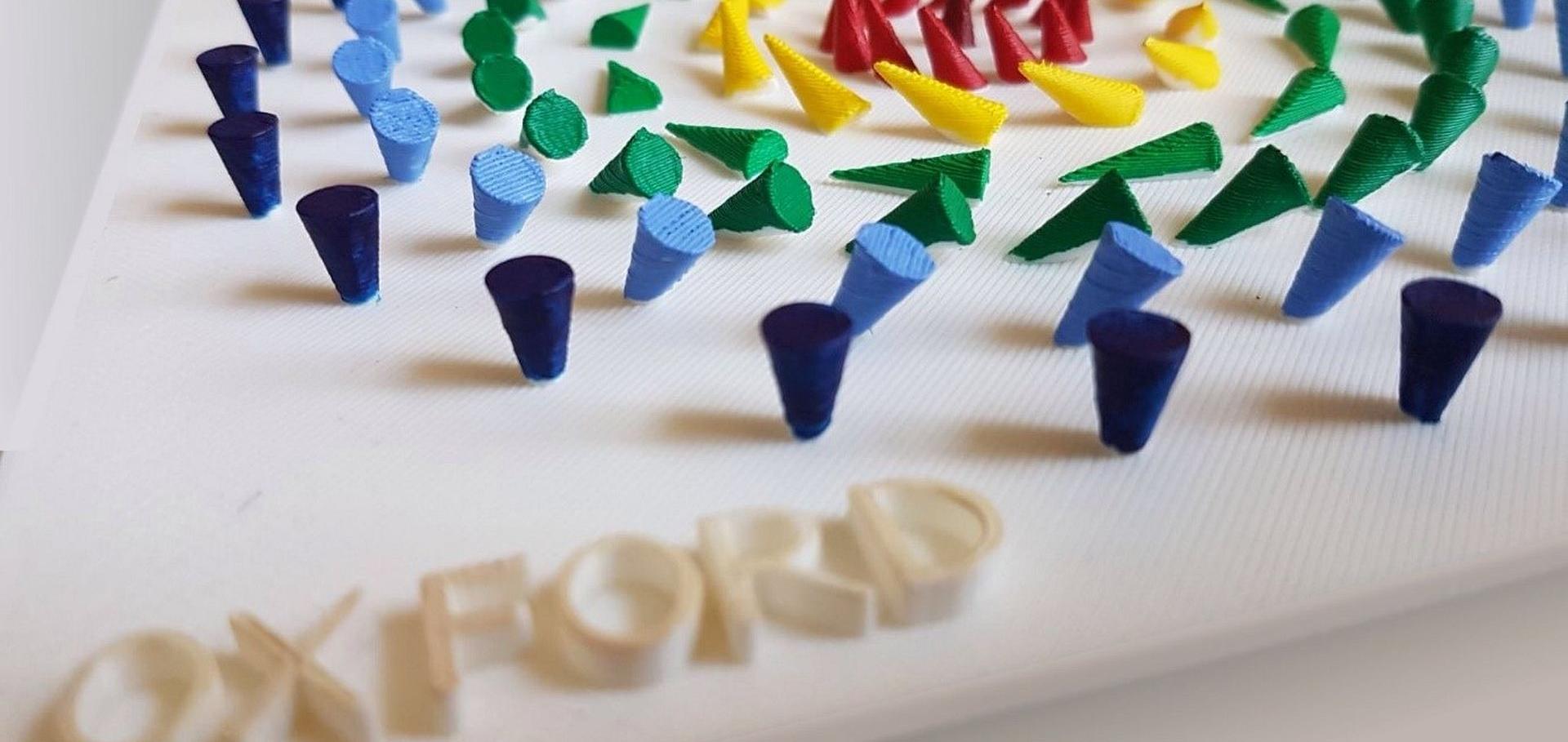Probing of oscillating surfaces by a scanning acoustic tunneling microscope
Thin Solid Films 264:2 (1995) 226-229
Abstract:
The scanning acoustic tunneling microscope (SATM) which is based on a scanning tunneling microscope, is capable of detecting the amplitude and the phase of high-frequency surface acoustic waves (SAWs) as well as the surface topography. For our experiments the SAWs have been excited by interdigital transducers on YZ-LiNbO3 samples. A thin gold film with a thickness of about 100 nm has been deposited on its surface. The read-out of the high-frequency acoustic wave field is performed by a mixing technique. Owing to the non-linear dependence of the tunneling current on the tip-to-sample distance an additional slightly-shifted high-frequency modulation of the gap voltage leads to an increase of the d.c. tunneling current and to a low frequency signal at the difference frequency. The a.c. tunneling current contains the information on the elastic properties of the solid. Thin films deposited on the surface cause a dispersion of the phase velocity, which then reveals the elastic parameters. By measuring the phase and the amplitude of an acoustic wave field with high spatial resolution the SATM technique allows the mapping of the acoustic wave field and thereby the investigation of the elastic properties of thin films. © 1995.Messungen an Interdigitalwandlern mit dem akustischen Kraftmikroskop
Fortschritte der Akustik - DAGA95 DEGA (1995) 731-734
Scanning microprobe techniques for high resolution measurements of surface acoustic waves
Proceedings of the 1995 World Congress on Ultrasonics (1995) 395-398
Scanning acoustic force microscope detection of SAWs
Proceedings of the IEEE Ultrasonics Symposium 1 (1994) 363-366
Abstract:
We present a novel method for the investigation of surface acoustic wave (SAW) fields with nanometer resolution by a scanning acoustic force microscope (SAFM). The detection of ultrasound by a force microscope is connected with the nonlinear dependence of the force on the distance between the tip and the surface. Due to this nonlinearity there is an effective shift of the mean position of the tip if one modulates the gap distance by a propagating SAW. Furthermore, the surface charges influence the tip deflection. By operating the SAFM in the dynamic mode the wave amplitude as well as the charge distribution can be measured at common surface structures. The measurements were carried out by a contact and a non-contact mode scanning force microscope (SFM). The SAWs were excited by an interdigital transducer (IDT) on a YZ-LiNbO3 crystal cut at 30.75 MHz (contact) and 39.5 MHz (non-contact). The amplitude of the SAW was modulated by a low frequency (5 Hz and 50 kHz). The low frequency oscillation of the average of the tip-to-surface distance was measured by lock-in technique in dependence on the amplitude and the frequency of the SAW. The measurements of the amplitude of the SAW and the charge distribution were carried out within the IDT.Diameter-independent skyrmion Hall angle in the plastic flow regime observed in chiral magnetic multilayers
arxiv.org


